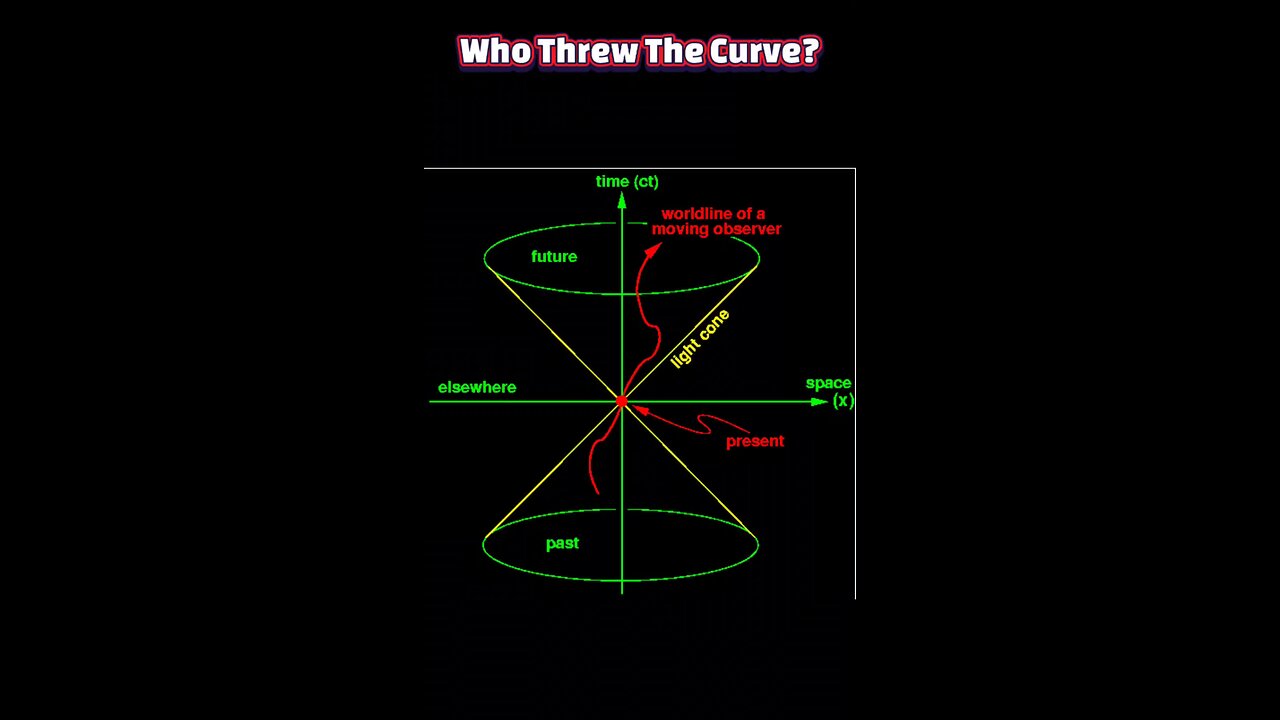Premium Only Content

Space-Time Explained: The Mind-Bending Fabric of Reality
#SpaceTime #PhysicsExplained #EinsteinTheory #ScienceFacts #UniverseMysteries #Astrophysics #MindBendingScience #GeneralRelativity #CosmosExplained #ScienceShorts
Space-time is one of the most revolutionary ideas in modern physics, reshaping how we understand the universe at its most fundamental level. Traditionally, space and time were treated as separate entities: space described where events occurred, and time described when they happened. This view held sway from the days of Isaac Newton, who saw time as absolute and universal, ticking at the same rate for everyone, everywhere. But in the early 20th century, Albert Einstein’s theory of relativity, building on the work of mathematician Hermann Minkowski, fused these two concepts into a single four-dimensional continuum known as space-time.
In this framework, the three familiar dimensions of space—length, width, and height—are inseparably linked with the dimension of time. An event in the universe is not just a location in space, but also a moment in time, requiring four coordinates to describe it fully. This union is not just a mathematical convenience; it reflects the physical reality that the passage of time and the measurement of distances depend on the relative motion of observers. For example, a clock moving close to the speed of light will tick more slowly compared to one at rest, and lengths will contract along the direction of motion. These effects, predicted by special relativity, have been confirmed by countless experiments.
General relativity takes the concept further by showing that space-time is not a rigid stage on which events unfold, but a dynamic fabric that can bend and curve in response to mass and energy. Massive objects like stars and planets warp the geometry of space-time around them, and this curvature is what we perceive as gravity. Light, too, follows the curves of this geometry, leading to phenomena like gravitational lensing, where distant galaxies appear distorted because their light has been bent by intervening mass. This insight replaced Newton’s idea of gravity as a force acting at a distance with a geometric understanding of how matter and energy shape the cosmos.
Philosophically, space-time raises deep questions about the nature of reality. Some interpretations, like the “block universe” view, suggest that all moments—past, present, and future—exist equally within the four-dimensional structure. In this picture, time does not “flow”; instead, the entire history of the universe is laid out like a map, and our perception of moving through time is an illusion. Others see space-time as a dynamic, evolving entity, with the future not yet fixed. These debates touch on the boundaries between physics and philosophy, and they influence how scientists think about concepts like time travel, causality, and the origins of the universe.
Ultimately, space-time is more than just a scientific model—it is the stage, the script, and the rules of the cosmic play all at once. It explains why GPS satellites must account for both special and general relativistic effects to provide accurate positioning, why black holes trap light, and why the universe’s expansion stretches the very fabric of reality. Whether we imagine it as a flexible fabric, a static block, or something even stranger, space-time remains one of the most profound and unifying ideas in science, linking the vastness of the cosmos to the ticking of a clock in your hand.
-
 1:07:56
1:07:56
The Quartering
3 hours agoBen Shapiro Vs Tucker Carlson, Blackface Trick Works, Kash Patel Under Fire, Based Woman Vs Trans
58.2K14 -
 LIVE
LIVE
The HotSeat With Todd Spears
1 hour agoEpisode 202: Ladies it's YOUR Battle too!
688 watching -
 1:24:44
1:24:44
DeVory Darkins
4 hours agoTrump dominates 60 minutes interview as Democrats surrender to Mamdani
116K38 -
 7:29
7:29
China Uncensored
6 hours agoThey’re Beautiful. They’re Dangerous. They Work for the CCP.
4.13K11 -
 1:50:43
1:50:43
Tucker Carlson
3 hours agoChris Williamson’s Advice to Men: How to Survive a World of OnlyFans and AI Girlfriends
51.7K63 -
 19:57
19:57
Neil McCoy-Ward
9 hours agoThinking Of Relocating? (You'd Better Act FAST! 🚨)
13.7K7 -
 1:04:46
1:04:46
Jeff Ahern
2 hours agoMonday Madness with Jeff Ahern
11.9K3 -
 1:07:25
1:07:25
Timcast
4 hours agoBomb DETONATED At Harvard, Attacks On Ice Agents SKYROCKET
191K165 -
 1:55:31
1:55:31
Steven Crowder
7 hours agoTucker Carlson & MAGA: Everyone is Missing the Point
433K363 -
 1:11:22
1:11:22
The Rubin Report
6 hours agoWatch Joe Rogan’s Face as Elon Musk Exposes How Dems Are Cheating in Plain Sight
73.7K96